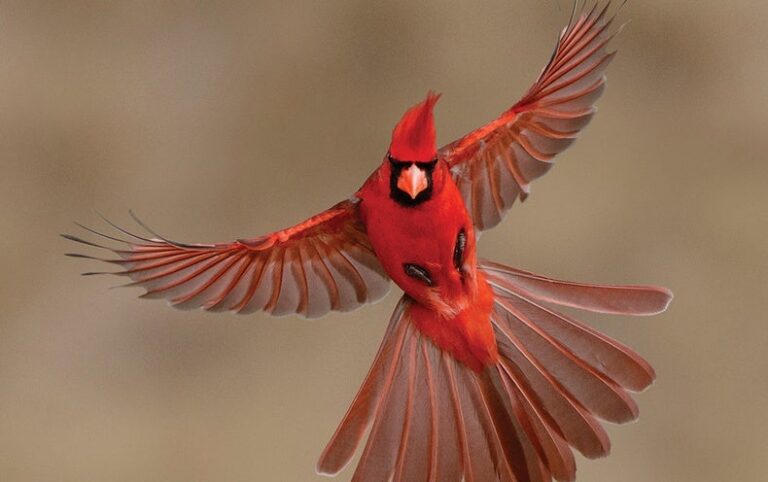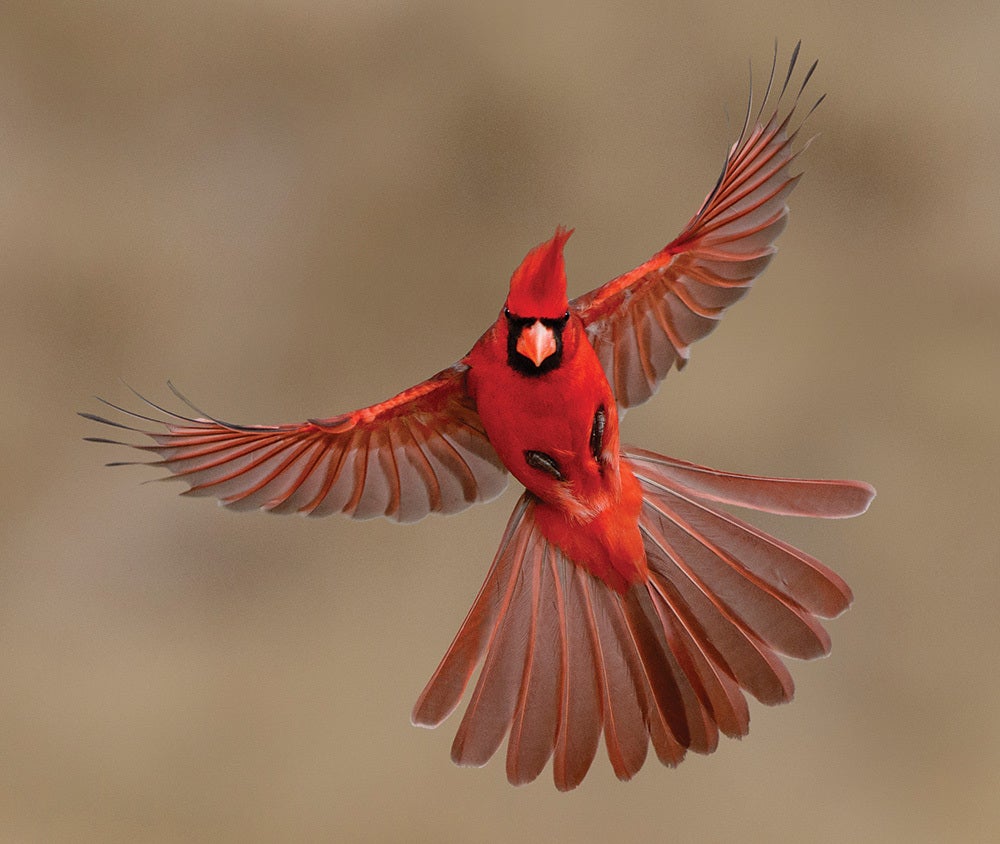
[ad_1]

Hundreds of millions of birds die every year from smashing into windows, one of the biggest sources of human-caused bird deaths—far greater than wind turbines and airplane strikes combined. In a bid to help birds see the panes before it’s too late, people may stick decals or tinted films on their windows—often on the indoor side. But a recent study in PeerJ Life & Environment shows that such films work only on a window’s outside surface.
“Putting these window films on the inside really is not giving you the benefit that you would want for protecting the birds,” says John P. Swaddle, a biologist at the College of William and Mary and lead author of the new study.
To test the films’ effectiveness, Swaddle and his colleagues applied one of two commercially available films to either interior or exterior window surfaces. One film reflected shorter light wavelengths that humans cannot see, and the other reflected longer wavelengths (many birds can see both). The researchers also mounted superfine nets in front of the windows to keep birds from actually hitting the glass. Both films helped to prevent bird strikes by more than 35 percent when put on the outside surface, the study found—but films on the inside had no benefit at all.
“It’s some groundbreaking work about the nuances of what can and can’t work in terms of preventing window strikes from birds,” says George Mason University biologist David Luther, who studies the evolution of birds in cities and was not involved in the study.
People usually find it much easier to put films or decals on the indoor side of a window, says Natalia Ocampo-Peñuela, a conservation ecologist at the University of California, Santa Cruz, who was also not involved in the study. For taller buildings, to apply something to the outside, “you need scaffolding … you need to clean the windows extra well for them to apply correctly, and they don’t last as long.”
Swaddle hypothesizes that films placed on the inside don’t effectively interrupt the reflection and scatter of exterior light. This might also be the case with decals, although those were not tested in this study, he says. In future studies, the researchers will continue exploring how birds see and experience the world, which could further help bird lovers, architects and manufacturers prevent avian deaths.
[ad_2]